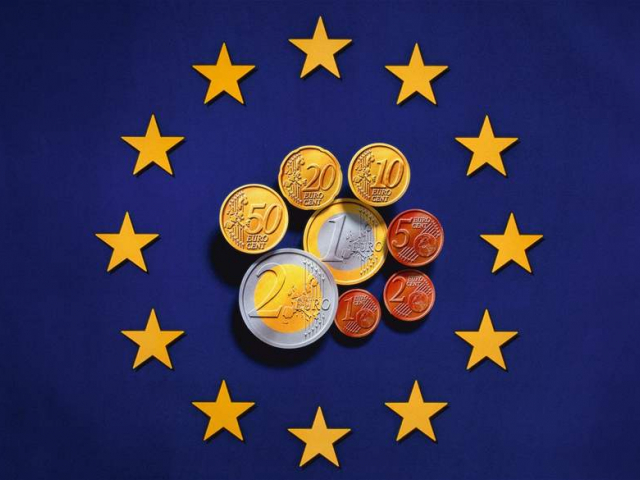
ECU as first EU currency
The history of the euro's creation goes back to the middle of the twentieth century. In 1947, some European states formed the Organization for European Economic Cooperation, which was later transformed into the Council of Europe. In 1957, a number of countries, including France, Germany, Italy, Belgium, the Netherlands, and Luxembourg, created the European Economic Community (EEC). Twenty-one years later, in 1978, the Community established the European Monetary System (EMS) with its monetary unit - ECU (European Currency Unit). The new means of payment was designed for interstate financial transactions. Over time, Denmark, Ireland, Great Britain, Greece, Austria, Spain, Portugal, and Sweden joined the EEC. Later, these states united into the European Union.
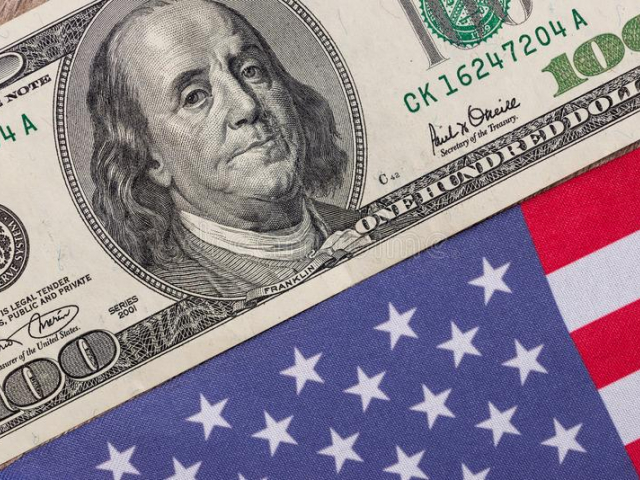
Difficulties in launching EUR
The first attempt to create a common European currency in the 1980s failed as it tripped over the US dollar. The monetary authorities of most European countries were confident that the new currency would not be able to compete with the greenback. However, the situation changed after the US government abandoned the gold standard for the US dollar. Thanks to this, other currencies on the foreign-exchange markets were allowed to fluctuate up to 25% against the greenback.
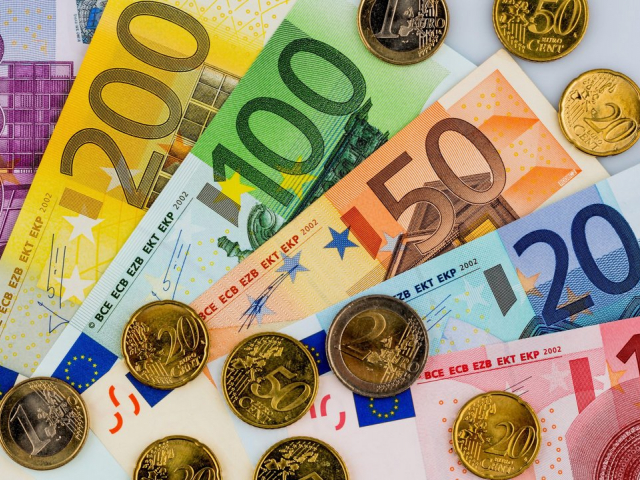
Second attempt
In an effort to create the euro and put it into circulation, the European monetary authorities held a series of lengthy discussions. In 1992, during negotiations on the Maastricht Treaty, German chancellor Helmut Kohl approved the creation of the European Monetary Union. Accordingly, an effective financial instrument was needed - a common European currency. The euro came into existence six years later. In 1998, speaking in the German Bundestag, H. Kohl stressed the importance of a new common European currency. According to him, the creation of the European Economic Union marked the first step towards fundamental changes in Europe.
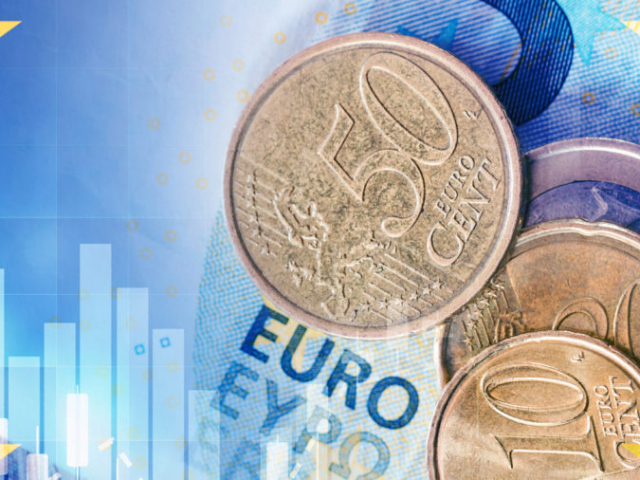
EUR enters European market
The euro entered the global financial market in 1999, and new banknotes and coins were introduced on January 1, 2002. The euro replaced the previous currency unit (ECU), which was used by the European Monetary System from 1979 to 1998. In 2019, the common European currency celebrated its 20th anniversary. Currently, EUR is the official currency of 19 European Union countries: Germany, Austria, Belgium, Spain, Ireland, Greece, Italy, Cyprus, Latvia, Lithuania, Estonia, Luxembourg, Malta, the Netherlands, Portugal, Slovakia, Slovenia, Finland, and France.
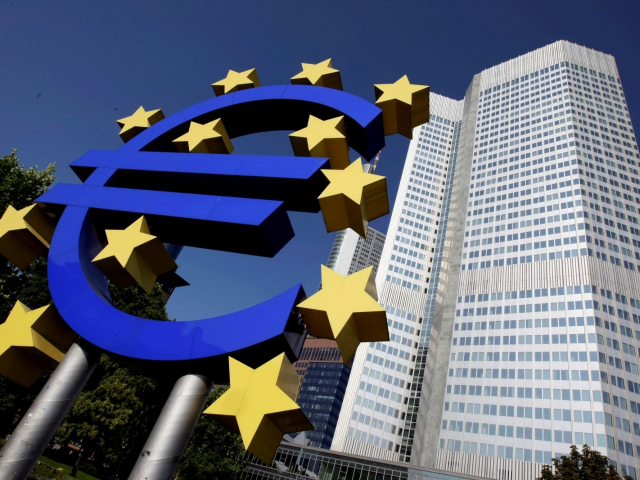
Regulators of EUR
The common European currency is regulated by the European System of Central Banks. The ESCB consists of the European Central Bank (ECB) and the national central banks of all EU member states, including those that have not adopted the euro as a means of payment. Notably, the ECB has the exclusive right to implement its monetary policy throughout the euro area. As for the ESCB, it is responsible for the issuance of banknotes and coins, as well as the distribution of monetary instruments among the countries of the euro area.
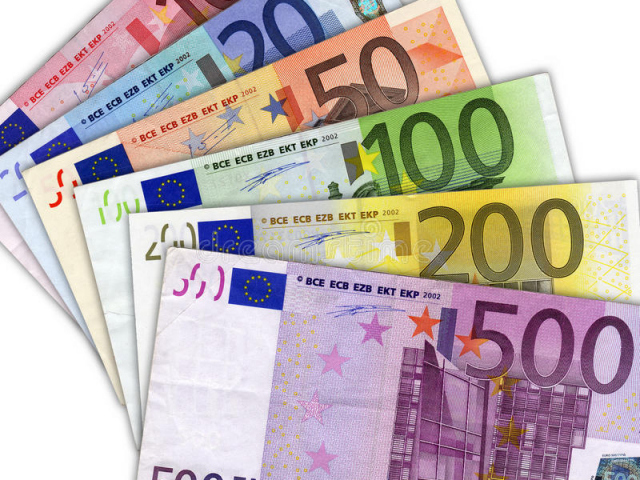
Features of euro banknotes
The European currency is divided into 100 cents. The euro area uses paper money and coins in denominations of 2, 1, 0.50, 0.20, 0.10, 0.05, 0.02, and 0.01 euros. The banknotes come in denominations of 200, 100, 50, 20, 10, and 5 euros. In April 2019, the ECB discontinued production and issuance of the €500 banknote due to a growing number of financial crimes related to money laundering, tax evasion, and terrorism financing.
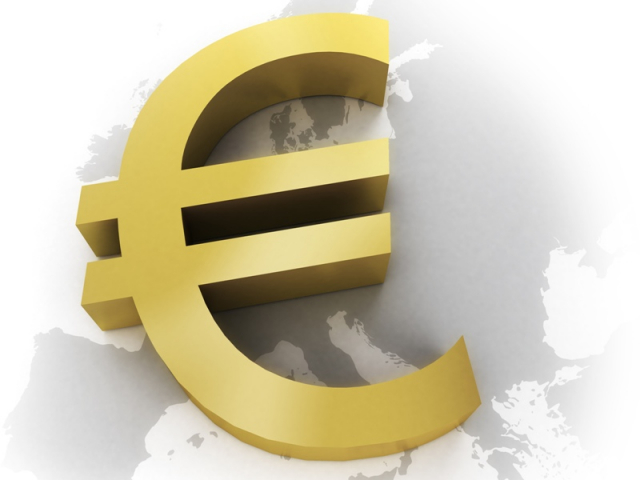
Euro symbol
The unique euro sign (€) was adopted after long discussions, public opinion polls, and various graphic versions proposed by leading designers. According to the European Commission, this symbol is a combination of the Greek epsilon (ε) and the first letter of the word "Europe". The euro sign is crossed by two parallel lines, symbolizing the stability and importance of the new single currency.
 Български
Български 
 Русский
Русский English
English Bahasa Indonesia
Bahasa Indonesia Bahasa Malay
Bahasa Malay ไทย
ไทย Español
Español Deutsch
Deutsch Français
Français Tiếng Việt
Tiếng Việt 中文
中文 বাংলা
বাংলা हिन्दी
हिन्दी Čeština
Čeština Українська
Українська Română
Română
